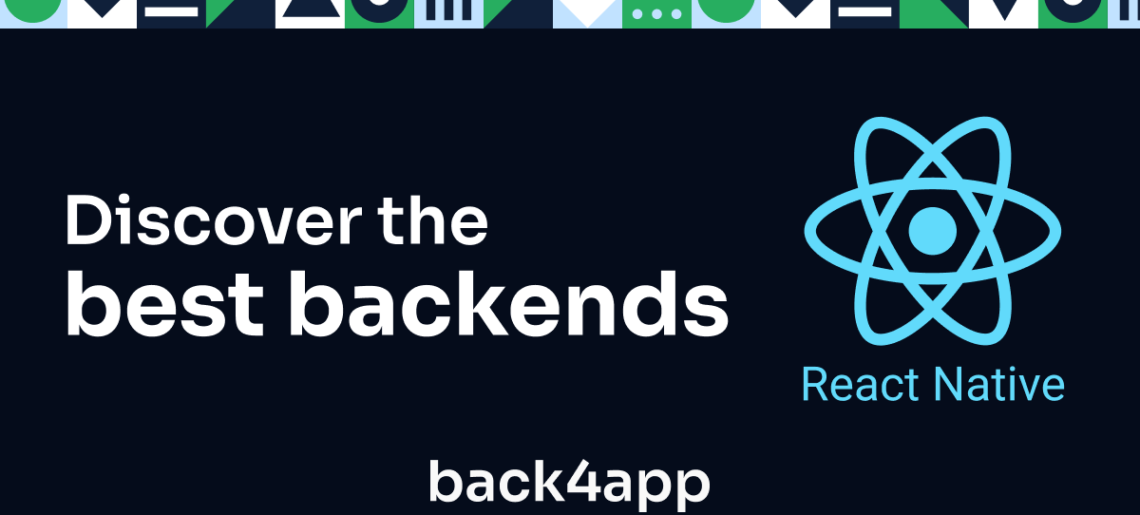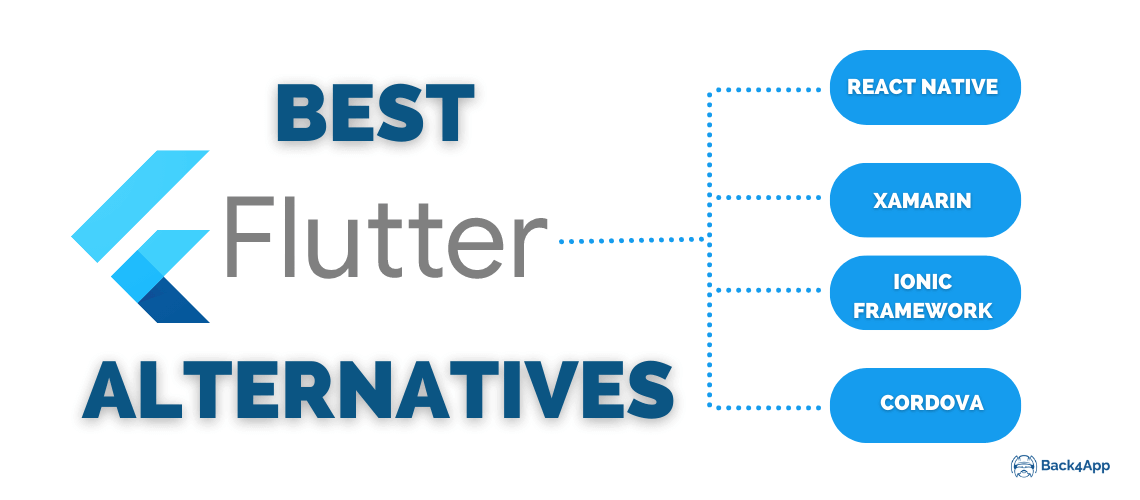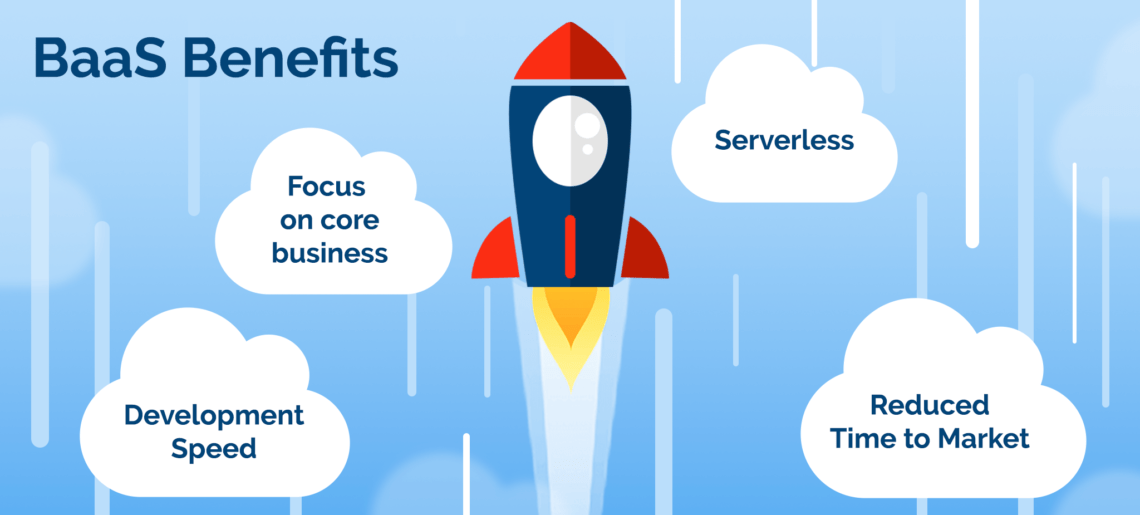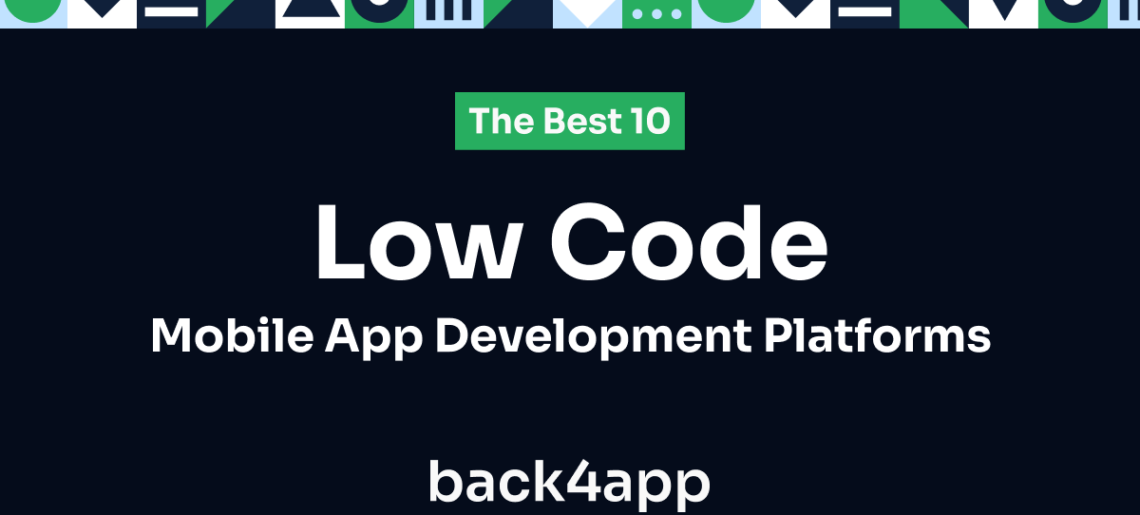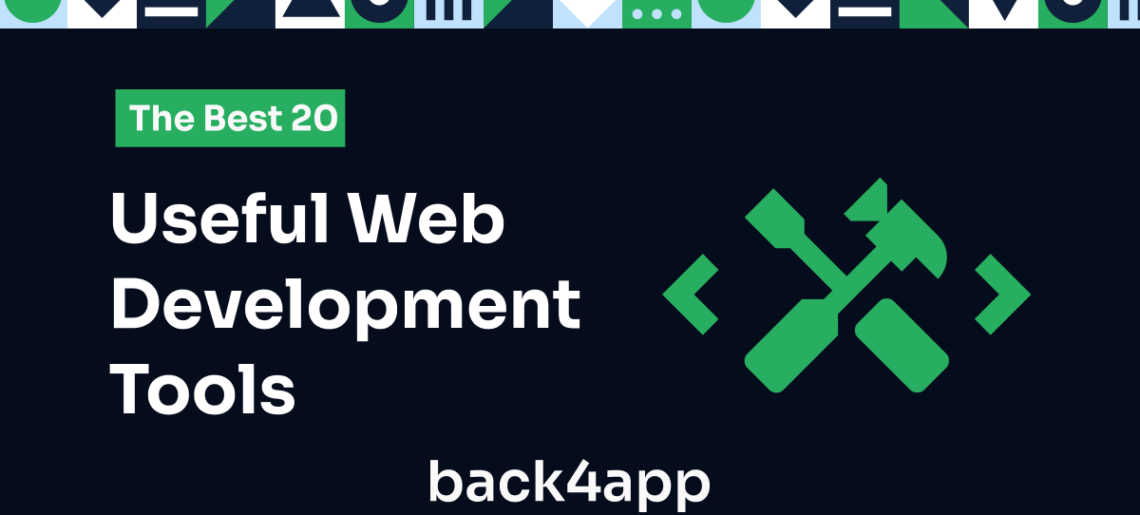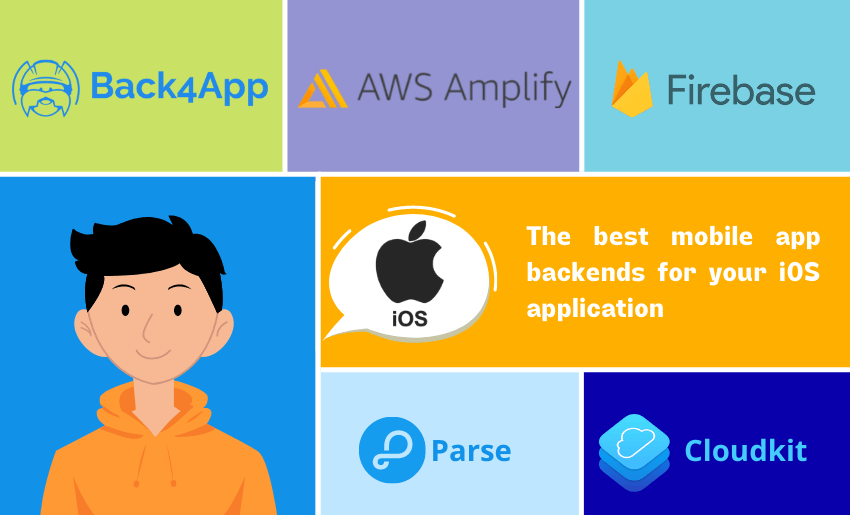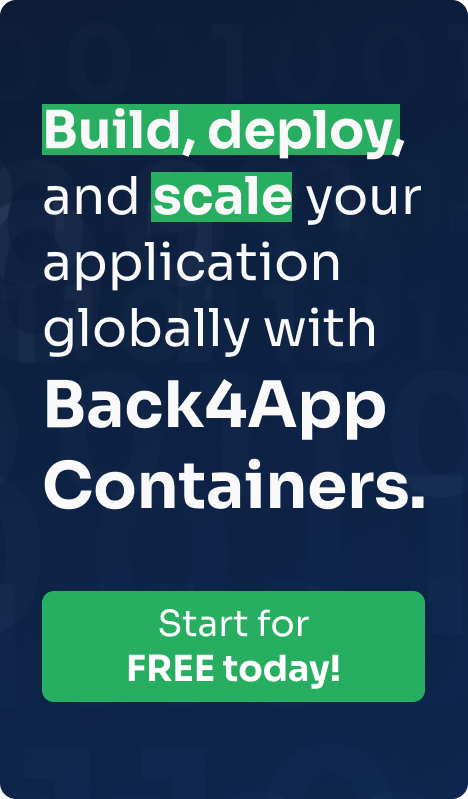Backends refer to server-side activities, imperative for the undisturbed and speedy development of applications.
Indeed, an efficient and compelling backend is vital for improved user experience, arranging and querying data smoothly and robust deployments.
Contrarily, feeble backends can lead to poor UX, server crashes, security problems and much more. Therefore, the use of good backends is necessary for developers, mainly if they are working on mobile frameworks like React Native.
Hereof, we present the top-notch backends for React Native apps to facilitate startups, dev teams and businesses with suitable options.
Read More